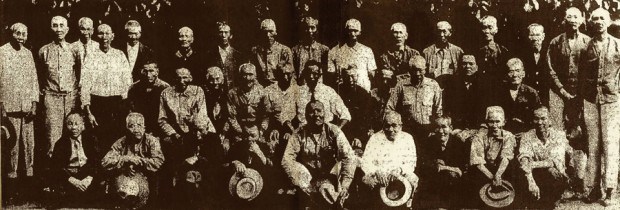In 1937, a community of about fifty elderly Chinese men, who’d immigrated to Hawaii in the 1870s, 1880s and 1890s, were residing at Kekaha Sugar Co.’s Pah On Camp, which was situated at Mana, Kauai by Niu Valley. One old-timer
In 1937, a community of about fifty elderly Chinese men, who’d immigrated to Hawaii in the 1870s, 1880s and 1890s, were residing at Kekaha Sugar Co.’s Pah On Camp, which was situated at Mana, Kauai by Niu Valley.
One old-timer was Lau Ning, who could recall when Kekaha had only two small houses. Although quite old, he continued to work every day as a yard man cleaning parks and grounds in Kekaha.
Another, Ah Lui, age 78, was the luna of several camp residents, whom he did not actually supervise. Instead, he merely recorded their time after they’d labored independently at weeding, hoeing or cleaning limu from canals.
Lau San’s job was picking up sugar cane that had fallen from loaded cane cars. In spite of the fact that he’d suffered a broken back as a horse-breaker when he was young that caused him to stoop, he took pride in working at a pace that exhausted others.
Strongman Lum Chow had been a wrestler long ago in China and enjoyed telling of the numerous victories he’d won over his opponents.
The scholar of Pah On Camp was Ah Ho. Educated in China, he was in charge of the camp’s Confucius religious ceremonies and the charities of the Chinese society.
He was also knowledgeable of the uses of Chinese herbs, with which he cured common illnesses. Ah Ho still found time to raise vegetables that he sold door to door in nearby plantation camps.
Lun Ping, at 85, the oldest resident of Pah On Camp, had worked full-time, until he became ill at 84 and was pensioned, yet on days when he felt better, he would put in a full day’s work on the plantation.
Pah On Camp’s spokesman was Ah Ton, the yardman of E. F. Shackleton, Kekaha Sugar Co.’s office manager



